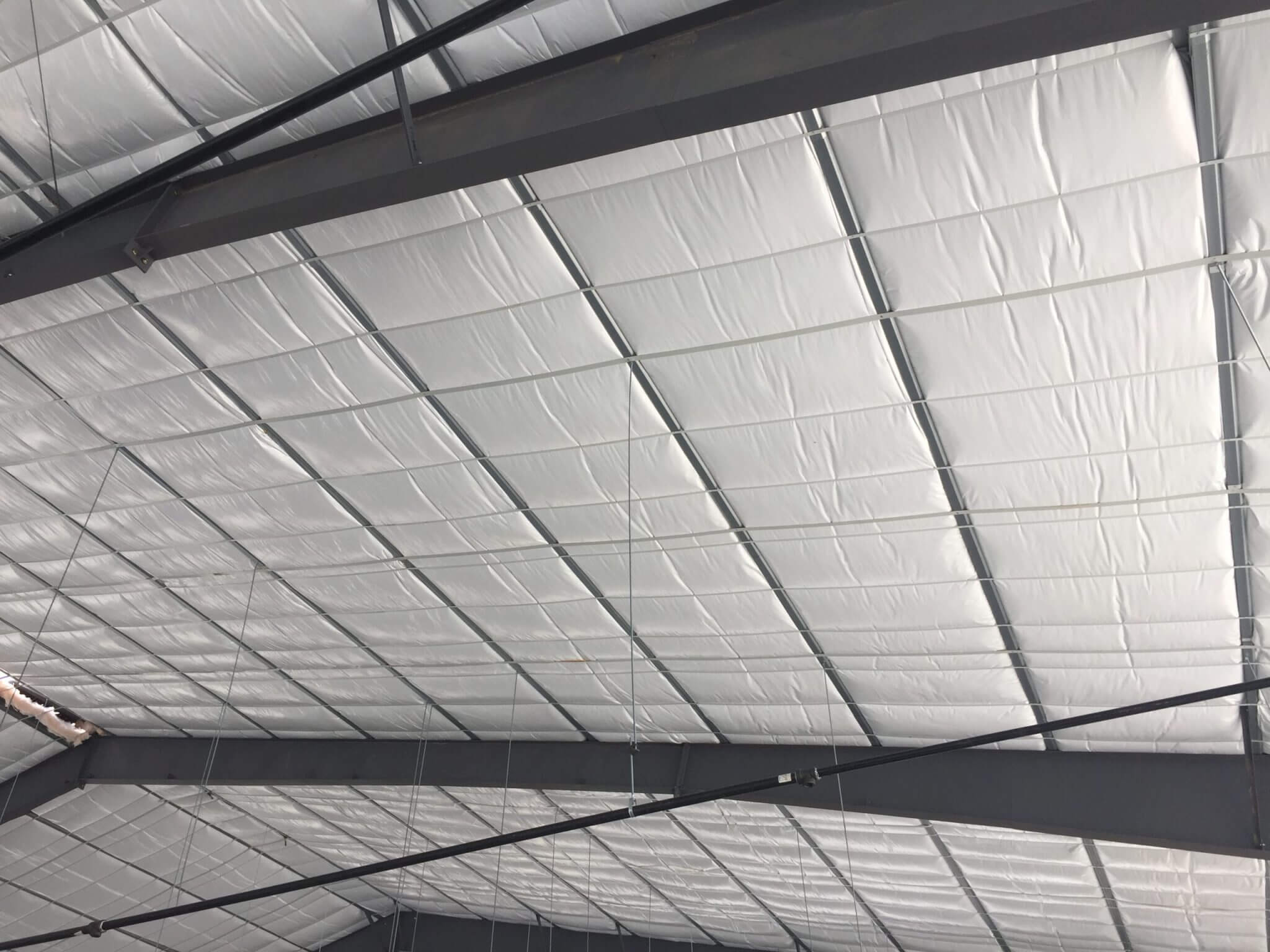Most have difficulty choosing between spray foam and fiberglass batt insulation because both offer legitimate advantages and drawbacks. Many factors, such as building use, budget, and climate, must be considered when choosing between the two.
This article, hopefully, will assist you. We’ve included expert insights from John Barber, owner of Factory Steel Overstock, a trusted supplier of Steel Buildings and accessories.
Let’s explore the two Options.
Spray Foam Insulation

One can strongly argue that Spray foam is the superior choice if the decision is based on energy efficiency alone. However, we all know other factors need to be considered. Spray Foam is made of liquid insulation that expands into a solid foam when applied. The expansion creates a tight vapor barrier and condensation seal. When offered, the customer can choose between open-cell and closed-cell. The advantage of closed-cell is that it provides a higher R-value and added structural rigidity.
“Spray foam is hands-down the best solution for energy efficiency and moisture control in a pole barn,” says John Barber. “It’s a premium product, but for people looking to heat or cool their space year-round, the long-term savings make it worth the upfront cost.”
Fiberglass Batt Insulation
Batt insulation, often called Roll Insulation, is made from fiberglass. A batt is cut to a customer’s dimensions, and rolls are the standard widths and lengths before cutting has occurred. The advantage of fiberglass batt insulation is that it is inexpensive and easy to install. Spray foam requires special equipment that needs to be leased or bought, which adds to its overall cost. Therefore, batt insulation is the preferred choice for DIYers.
“Batt insulation remains a viable option, especially for customers who need basic insulation and are more budget-conscious,” Barber notes. “It doesn’t have the same sealing ability, but it’s a practical choice in many scenarios.”
Time to Compare the Two: Spray Foam and Batt Insulation
Thermal Efficiency
Again, if money is not a factor, Spray foam is hands down the winner. It provides a higher R-value per inch (especially closed-cell).
“You’ll see up to twice the insulating power per inch with spray foam compared to fiberglass batts,” Barber explains. “This is critical in areas with extreme temperature swings.”
Air Barrier
Spray foam expands once applied and can create a continuous barrier, filling all cracks and crevices and preventing air leaks. Fiberglass batt insulation cannot do this, so it is a better air barrier.
“In metal buildings like pole barns, air infiltration is one of the biggest issues,” says Barber. “Spray foam addresses this directly, whereas batt insulation needs to be paired with a separate air barrier.”
Vapor Barrier
Closed-cell spray foam has moisture resistance qualities. Since metal skin sweats, condensation is a significant factor for steel buildings and pole barns. Spray foam is an excellent metal building insulation type to curtail this issue.
“Condensation is the silent killer of steel buildings,” Barber warns. “If you’re storing equipment, tools, or livestock, you need insulation that fights moisture buildup — spray foam does that very well.”
Let’s consider Installation Ease & DIY Friendliness.
If you are tackling the installation process yourself, you want DIY-friendly insulation. That would be Batt insulation. You don’t need special equipment or training.
“We work with many self-builders, and for many of them, batt insulation is the most accessible option,” Barber shares. “It can be installed with basic tools and a bit of guidance.”
Cost Comparison
This is an easy one: Fiberglass batt Insulation is far less expensive. Though spray foam has more thermal efficiency, it can cost two to three times more than batt insulation upfront.
“Batt is cost-effective and still performs well in low-demand environments,” says Barber. “But if you’re thinking long-term energy savings, spray foam is often the better financial decision — even if it doesn’t feel like it at first.”
So, if you ask, “Which one should I choose?” I would say fiberglass batt insulation is recommended if you are looking for short-term protection, and spray foam is recommended if you are looking for long-term protection. However, it will take a longer time to get a return on your investment with spray foam.
When to Choose Spray Foam?
- When the initial cost is not a significant factor
- Your pole barn is heated or cooled.
- You live in a very humid or cold climate
- Moisture control is key
- You want the highest thermal efficiency
“If you’re turning your barn into a workshop, home office, or any habitable space, go spray foam. It’s an investment in long-term comfort,” Barber advises.
Understanding Fiberglass Batt Insulation
When to Choose Batt Insulation?
- The pole barn or steel building is used for storage or low-traffic purposes
- When you have limited funds
- When you want to tackle a DIY project
“Not every project requires top-tier insulation. Fiberglass Batt insulation still has a role to play, especially in lower-usage buildings,” Barber adds.
Hopefully, this article has assisted you. Whatever your choice, both insulations are top sellers for metal buildings and pole barns.
“Ultimately, it’s about aligning the insulation choice with how the building will be used,” says John Barber. “There’s no one-size-fits-all solution — but making an informed choice upfront can save you thousands.”

